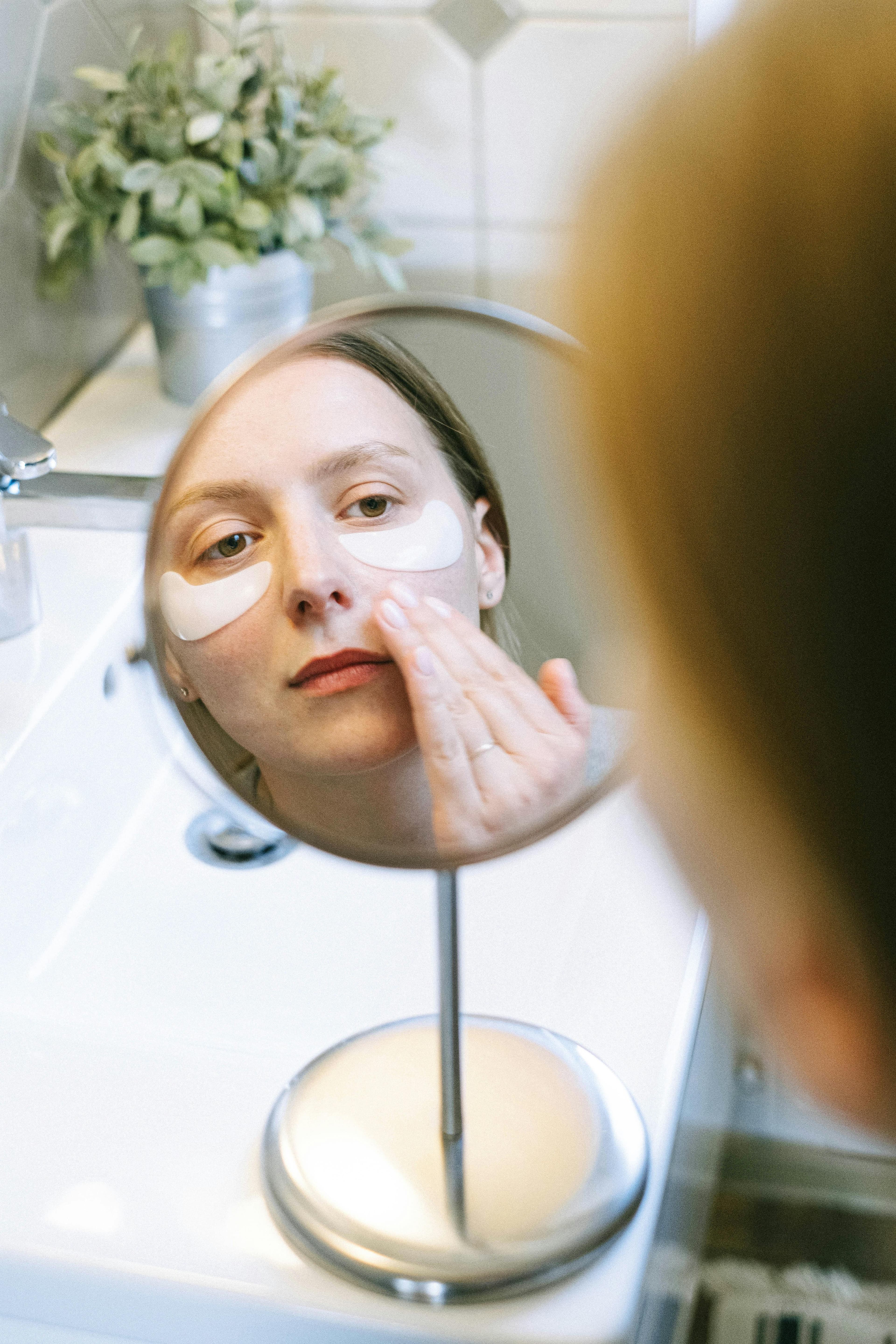Can You Use Dry Eye Drops After Cataract Surgery? Expert Insights and Tips
Published on October 8, 2024
Key Takeaway
Using dry eye drops after cataract surgery is not only safe but often recommended to manage post-operative dry eye symptoms and promote healing.
Introduction
Cataract surgery is a common and generally safe procedure that can significantly improve vision. However, like any surgery, it can lead to temporary side effects, including dry eye. Many patients wonder if it's safe and beneficial to use dry eye drops after their cataract surgery. The short answer is yes – not only can you use dry eye drops, but they are often recommended as part of post-operative care.
Why Dry Eye Occurs After Cataract Surgery
Dry eye after cataract surgery is a common occurrence. A 2017 study found that dry eye was a side effect in 55.7% of cataract surgeries. Several factors contribute to this:
- Disruption of the tear film during surgery
- Inflammation from the surgical procedure
- Reduced corneal sensitivity affecting tear production
- Use of post-operative medications that may affect tear quality

Benefits of Using Dry Eye Drops After Surgery
Using dry eye drops after cataract surgery offers several benefits:
- Lubrication: Helps keep the eye surface moist and comfortable
- Healing: Supports the healing process by maintaining a healthy ocular surface
- Comfort: Reduces symptoms like irritation, burning, and foreign body sensation
- Vision Quality: Helps stabilize the tear film, potentially improving visual outcomes
Types of Dry Eye Drops Recommended
Your ophthalmologist may recommend different types of dry eye drops depending on your specific needs:
- Artificial Tears: Over-the-counter lubricating drops for mild symptoms
- Preservative-Free Drops: Ideal for frequent use and sensitive eyes
- Prescription Drops: For more severe cases, including anti-inflammatory options
According to Healthline, if you use artificial tears more than 6 times a day, it's best to opt for preservative-free versions to avoid potential irritation.

How to Use Dry Eye Drops Effectively
To maximize the benefits of dry eye drops after cataract surgery:
- Follow your doctor's instructions on frequency and type of drops
- Wash your hands before applying drops
- Avoid touching the dropper tip to your eye or any surface
- Wait at least 5 minutes between different types of eye drops
- Be consistent with your regimen
When to Seek Additional Help
While dry eye symptoms often improve within a few weeks to months after surgery, persistent or worsening symptoms should be addressed. A study by Kensaku Miyake et al. found that dry eye prevalence decreased from 69.7% before surgery to 55.7% after surgery, indicating improvement for many patients. However, if you experience:
- Severe pain or discomfort
- Significant vision changes
- Redness or discharge
- No improvement despite using drops as directed
Contact your eye care professional promptly.
Conclusion
Using dry eye drops after cataract surgery is not only safe but often essential for optimal recovery and comfort. By understanding the causes of post-operative dry eye and following your doctor's recommendations for eye drop use, you can effectively manage symptoms and support your eye's healing process. Remember, every patient's experience is unique, so don't hesitate to discuss any concerns with your ophthalmologist to ensure the best possible outcome from your cataract surgery.